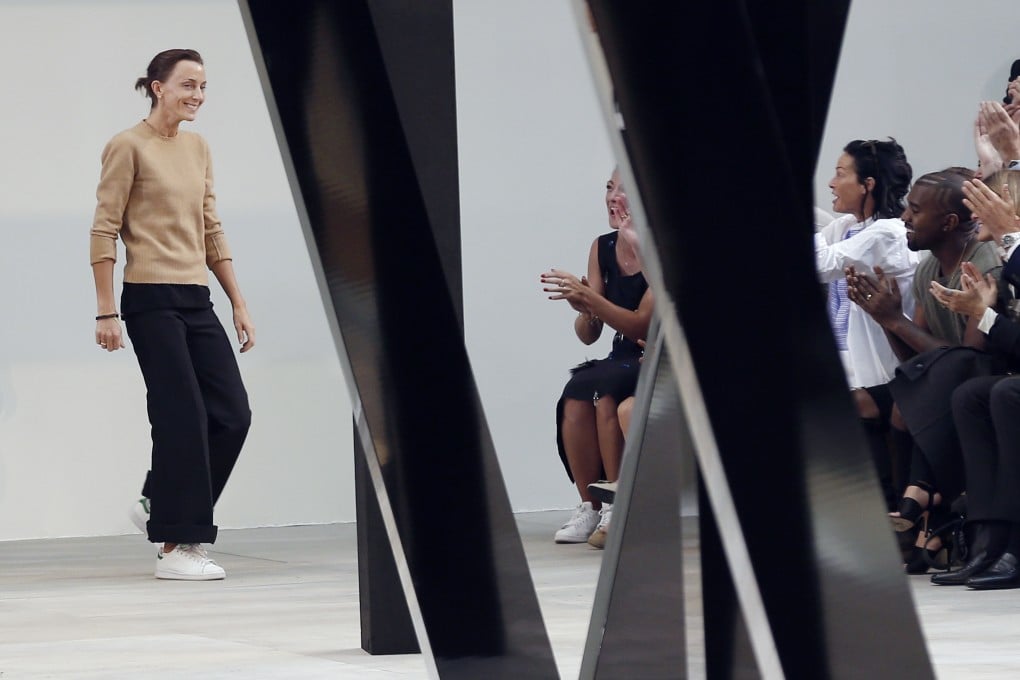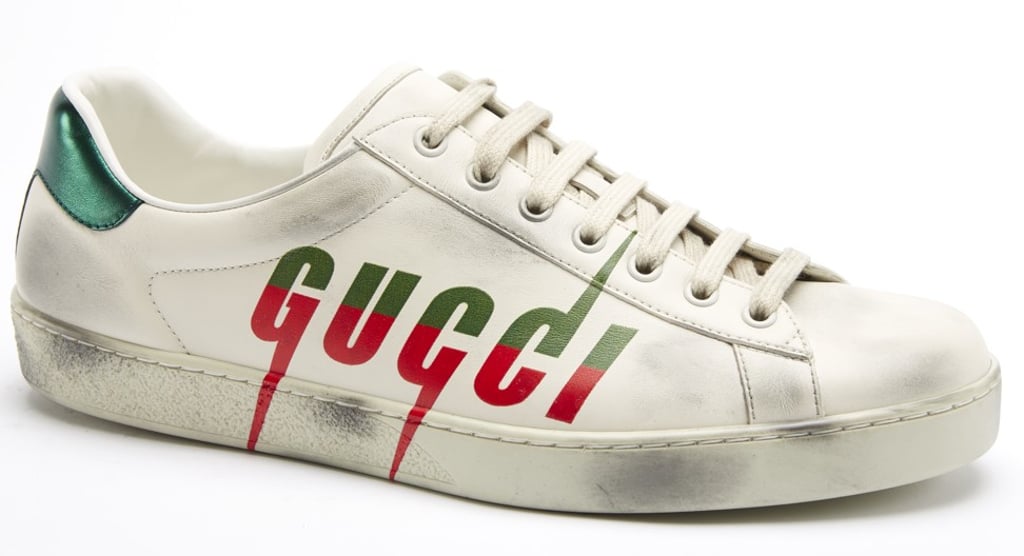Forget heels, white trainers were the shoe of the decade, going from scruffy to stylish
Fashion designer Phoebe Philo kicked off the trend in Adidas Stan Smiths in 2011, and nearly every big brand followed suit. But at what environmental cost?

I keep reading that high heels are making a comeback. That may be true among fashion editors, but trainers continue to dominate footwear in the real world. I made it through this past holiday season barely slipping on a pair of heels twice, but my white Veja Esplars completed outfits daily, from a sequinned skirt on New Year’s Eve to jeans during recovery on New Year’s Day.
My beloved heels sit on display in the shoe cabinet like shining trophies, sparking distant memories of days and nights skipping down treacherous Pottinger Street in Louboutins.
Those who came of age in the past decade might not know that trainers used to be considered too scruffy for polite society and were reserved for nurses, children, exercise and days when you just couldn’t be bothered.
They won’t remember a time when women teetered through snow and sleet on vertiginous statement heels to find their places in the front row at fashion shows.

It would have been unthinkable to pad in wearing comfortable trainers. Until, that is, former Celine creative director Phoebe Philo took a bow wearing Adidas Stan Smiths after the brand’s autumn/winter 2011 show.